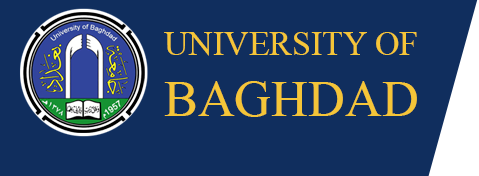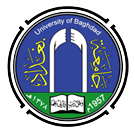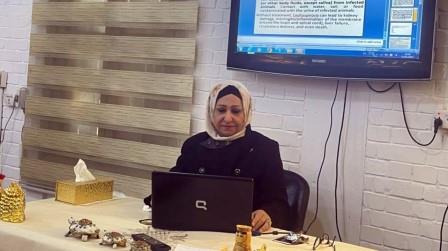The Microbiology Branch, in cooperation with the Continuing Education Unit at the College of Veterinary Medicine has organized a scientific course entitled (Bacterial Infections in Animals and the Role of Bacteriocins and their Mechanism of Action against Infection), in the presence of a number of college professors and postgraduate students. The lecturer at first introduced bacteria, their locations and their vital role in the process of recycling foodstuffs.
She also talked about what many bacteria secrete from extracellular substances similar to antibiotics to eliminate other neighboring organisms from sharing the environment, which are protein or protein-like materials called bacteriocins that may be small peptides or linked with other compounds such as carbohydrates or fatty molecules and whose names are often derived from the name of the bacteria producing them and target cell membranes where they are linked to hydrophobic areas (lipid layers) leading to forming holes and channels in the Cell membranes of sensitive breeds, which in turn affect the balance of substances and ions, and encoding a gene for each bacteriocin that may be chromosomal genes or genes carried on plasmids, having a great relationship in the synthesis of a bacteriocin, adding that bacteriocins represent one of the important sources in biotherapy which is preferred over chemotherapy.


